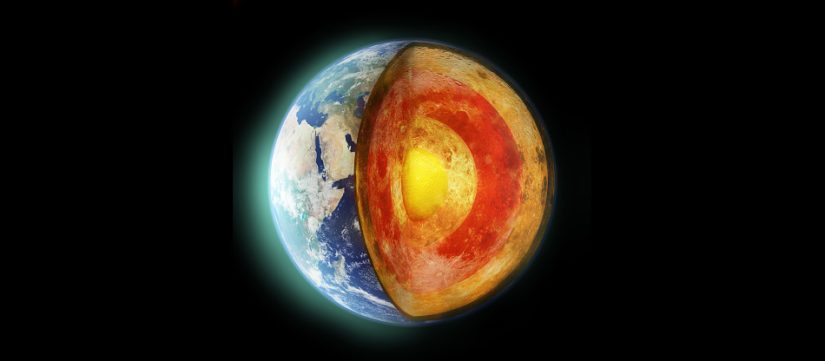Antarctic lithosphere and Moho depths study
Ice sheet dynamics is strongly related to basal melting and geothermal heat flow, which in turn is influenced by crustal thickness variations. On the other hand, the lithosphere of the Antarctic continent is still poorly known. Different datasets (airborne gravity and magnetic measurements, seismological campaigns) exist but mostly suffer from limited spatial coverage over large …



